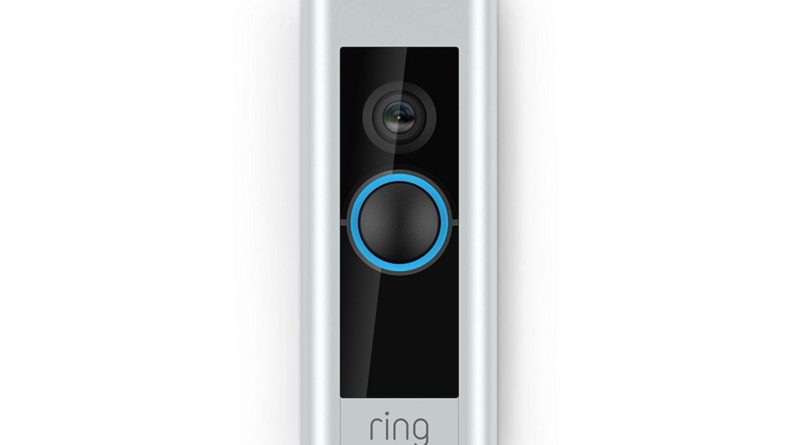Don’t worry about shadow IT. Shadow IoT is much worse.
For years, IT departments have been railing about the dangers of shadow IT and bring-your-own-device. The worry is that these unauthorized practices bring risks to corporate systems, introducing new vulnerabilities and increasing the attack surface.That may be true, but it’s not the whole story. As I’ve long argued, shadow IT may increase risks, but it can also cut costs, boost productivity and speed innovation. That’s why users are often so eager to circumvent what they see as slow and conservative IT departments by adopting increasingly powerful and affordable consumer and cloud-based alternatives, with or without the blessing of the powers that be. Just as important, there’s plenty of evidence of that enlightened IT departments should work to leverage those new approaches to serve their internal customers in a more agile manner.To read this article in full, please click here READ MORE HERE…









